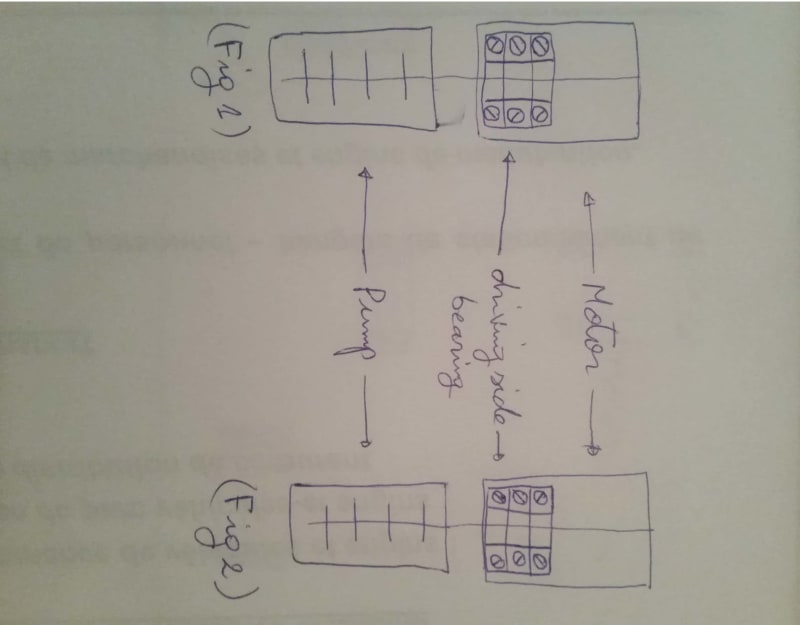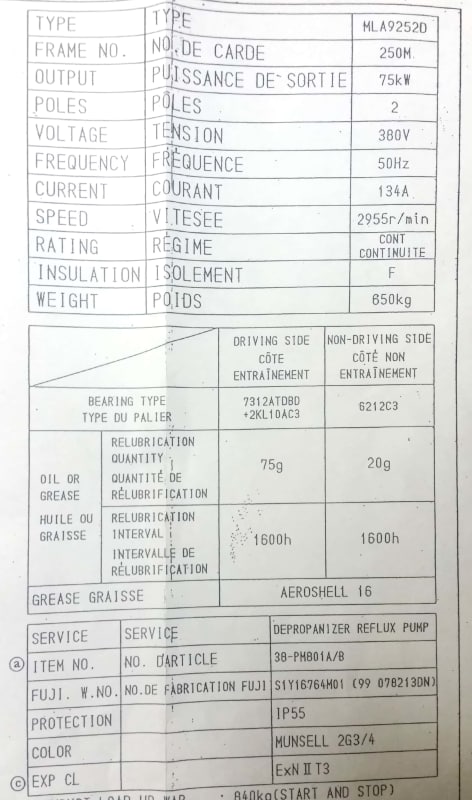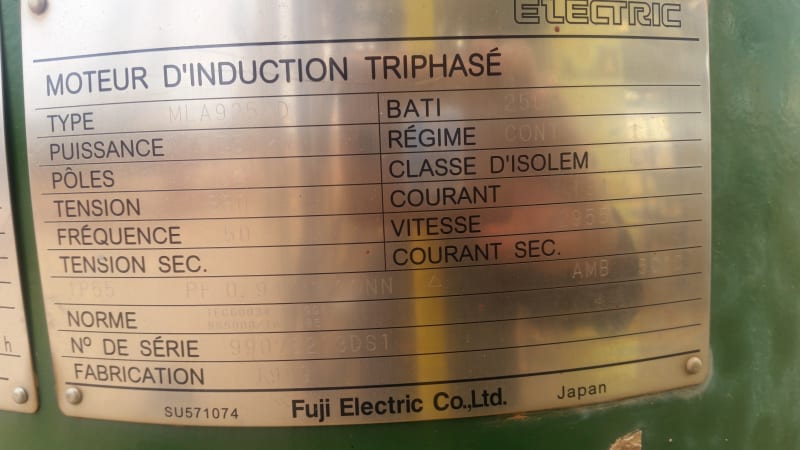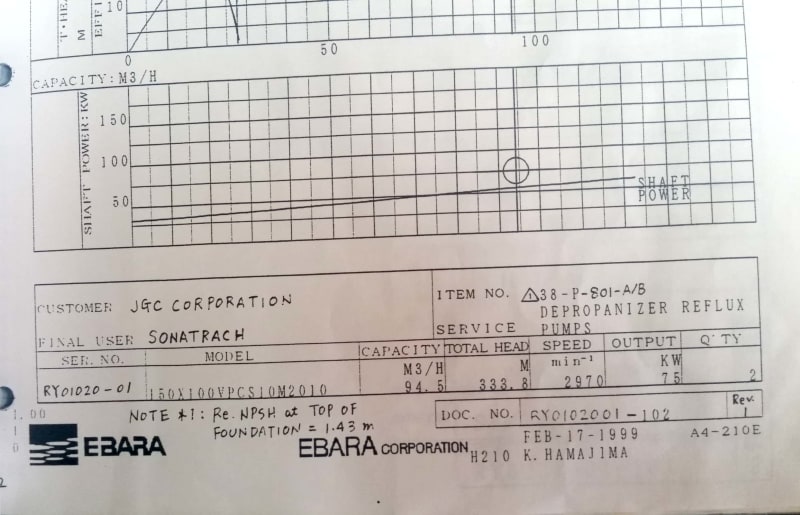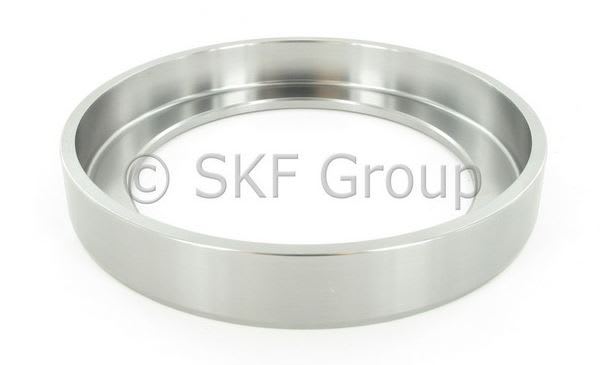thanks flexo and Scotty.
electricpete said:
... and the 2KL10AC3 upthrust bearing is probably shallow contact angle to minimize skidding while unloaded during normal downthrust operation
Sorry, I was mistaken on that point. I initially thought 2KL10AC3 was a bearing, but now realize it is a spacer. So you have three identical 7320AT bearings in that DBD arrangement. I'm not sure exactly what the T means, but I think the A means 30 degree contact angle, so it's not a shallow contact angle (15 degrees is typical shallow contact angle for non-active bearing in a back to back pair). So when unloaded, that bearing will have to rely more on preload from assembly to prevent skidding.
As for your overheating, what makes you think it was an assembly problem? (did motor bearings run cool until disassembled / reassembled?). There are a lot of possible causes of hot bearing other than assembly: overload, Misalignment, lubrication (by the way is it grease or oil lubricated?)
Focusing on assembly, we can talk about some generalities: of course we know the preload / clearance of the assembled bearing depends on the assembly, and resulting axial positioning of the inner race relative to outer race for each bearing. Overheating could be the result of either one: too much preload created by the assembly method (and loading level) or too much clearance resulting in skidding. Disassembly of a removed set of bearings for inspection after overheating might give some clues on which is occurring.
Getting into specifics of your assembly would be a challenge for me. I would guess that the particular spacer photo you show above would go between the bearing housing and the first or last bearing housing in that stack… in that case the flat side should be against the bearing (you don't want that thin rim pressing against the outer ring). I'm not sure how many spacers you have total or what their shapes are. If you give more details then maybe I could give some guesses (but other people on here like Tmoose could give waay better guesses). Of course getting hold of a drawing or talking to motor OEM (or possibly bearing manufacturer) is the most reliable way to get good advice.
=====================================
(2B)+(2B)' ?
